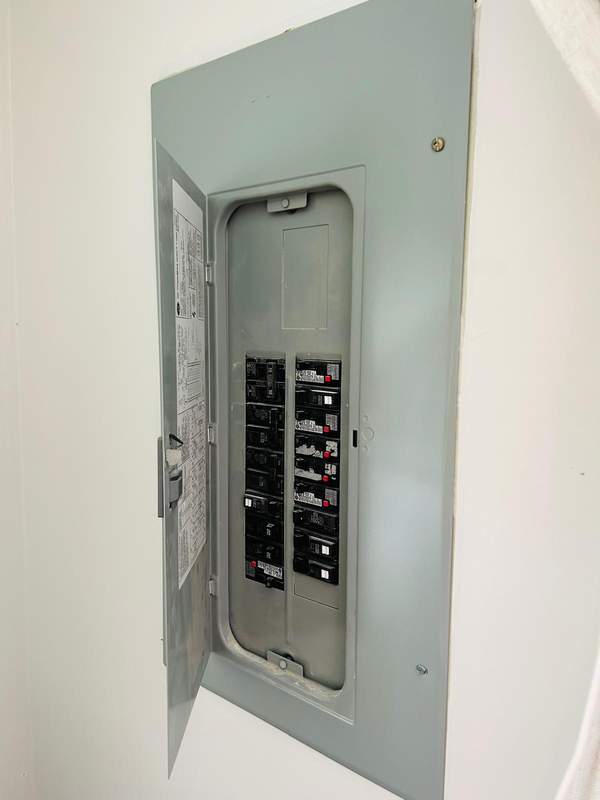Electricity powers our homes, but it also poses risks that many homeowners overlook. Electrical hazards, if not addressed, can lead to fires, injuries, or even fatalities. Understanding these dangers is crucial for maintaining a safe living environment. As experienced home inspection professionals, we’re here to highlight key electrical hazards every homeowner should be aware of and provide expert advice on maintaining electrical safety.
Outdated or Faulty Wiring
Many older homes still operate with outdated wiring systems, which can be a significant hazard. Over time, wiring insulation can degrade, leading to potential short circuits or fires. It’s essential to regularly inspect your home’s wiring, especially if it’s over 30 years old. Look for:
- Frayed or exposed wires
- Discoloration around outlets or switches
- Frequent tripping of circuit breakers
Consider upgrading to modern, safer wiring systems that comply with current electrical codes and standards.
Overloaded Circuits
In today’s tech-heavy world, it’s easy to overload circuits by plugging too many devices into a single outlet. This can cause overheating and potentially start a fire. Prevent circuit overload by:
- Using power strips with overload protection
- Ensuring each room has adequate outlets to distribute load evenly
- Understanding your circuit panel and not exceeding the amp limits
DIY Electrical Repairs
While DIY projects can be rewarding, electrical repairs should be left to professionals. Incorrect installations or repairs can lead to severe hazards. Always hire licensed electricians for major electrical work. Additionally, regular home inspections can identify potential risks before they escalate.
Understanding and addressing electrical hazards is vital for home safety. Regularly inspecting your home’s electrical systems and employing professional services can prevent accidents and ensure peace of mind. Consider scheduling a comprehensive home inspection to keep your home safe and compliant with the latest safety standards.

